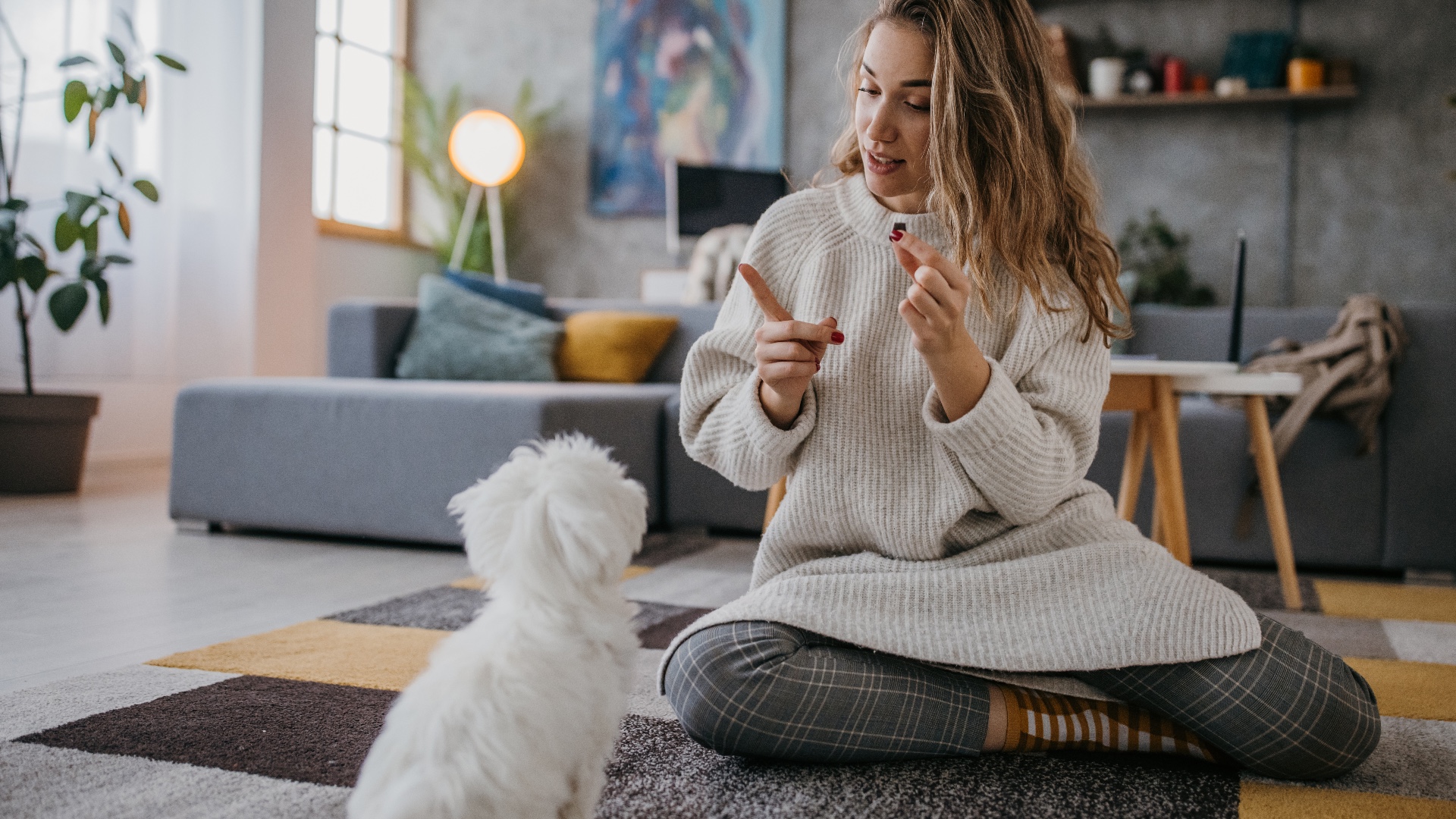Trainer reveals the secret to a successful training session with your reactive dog — and it’s a game changer!
Does your dog get nervous or reactive around certain triggers? Trainer reveals the best way to use treats to help them stay calm

While there's no denying how much joy having a canine companion as part of your family can bring, there's one part of being a pet parent that almost everyone struggles with - and that's training.
Whether it's teaching your dog to walk well on their leash or you're trying to get them used to a few hours each day spent in their crate, if you're anything like us, you likely rely heavily on the best dog treats to help motivate and reward your pup.
But according to expert dog trainer Adam Spivey, the way we use treats could be the reason we're not seeing as much forward momentum or success as we'd like when it comes to how quickly our pup masters a new skill or behavior.
A post shared by Southend Dog Training (@southenddogtraining)
A photo posted by on
In a video shared to Instagram, which you can view above, Spivey says he often sees dog owners making the same mistake when it comes to the way they dish out treats to their canine companion.
"If your dog reacts to a trigger - i.e., another dog coming towards them - often we try to use food to hold their attention," explains Spivey. "The problem with this is as you're doing this, that trigger is getting closer and closer and closer."
Spivey goes on to say that what tends to happen is we give our dog one treat at a time but the dog then still has plenty of time to be looking at that trigger in between the treats, causing them to explode when they get close enough.
Thankfully, Spivey has a game changing solution. "When you see a dog, before your dog reacts, create as much space as you can, take a handful of treats and put those treats on the floor.
PetsRadar Newsletter
Get the best advice, tips and top tech for your beloved Pets
What that's going to do is it's going to bring the dogs eye level and nose down. It's going to engage the nose which is going to help the dog relax. The dog is going to then spend more time clearing up the treats on the floor."
We understand how challenging and frustrating reactivity can be. If you find that after several months of working with your dog to help them feel more comfortable around triggers that they're not making as much progress as you'd like, we recommend reaching out to a professional dog trainer for some 1:1 support.
For more great training tips, check out our guides on how to crate train a dog and how to reduce separation anxiety in dogs.

Kathryn is a freelance writer who has been a member of the PetsRadar family since it launched in 2020. Highly experienced in her field, she's driven by a desire to provide pet parents with accurate, timely, and informative content that enables them to provide their fur friends with everything they need to thrive. Kathryn works closely with vets and trainers to ensure all articles offer the most up-to-date information across a range of pet-related fields, from insights into health and behavior issues to tips on products and training. When she’s not busy crafting the perfect sentence for her features, buying guides and news pieces, she can be found hanging out with her family (which includes one super sassy cat), drinking copious amounts of Jasmine tea and reading all the books.
